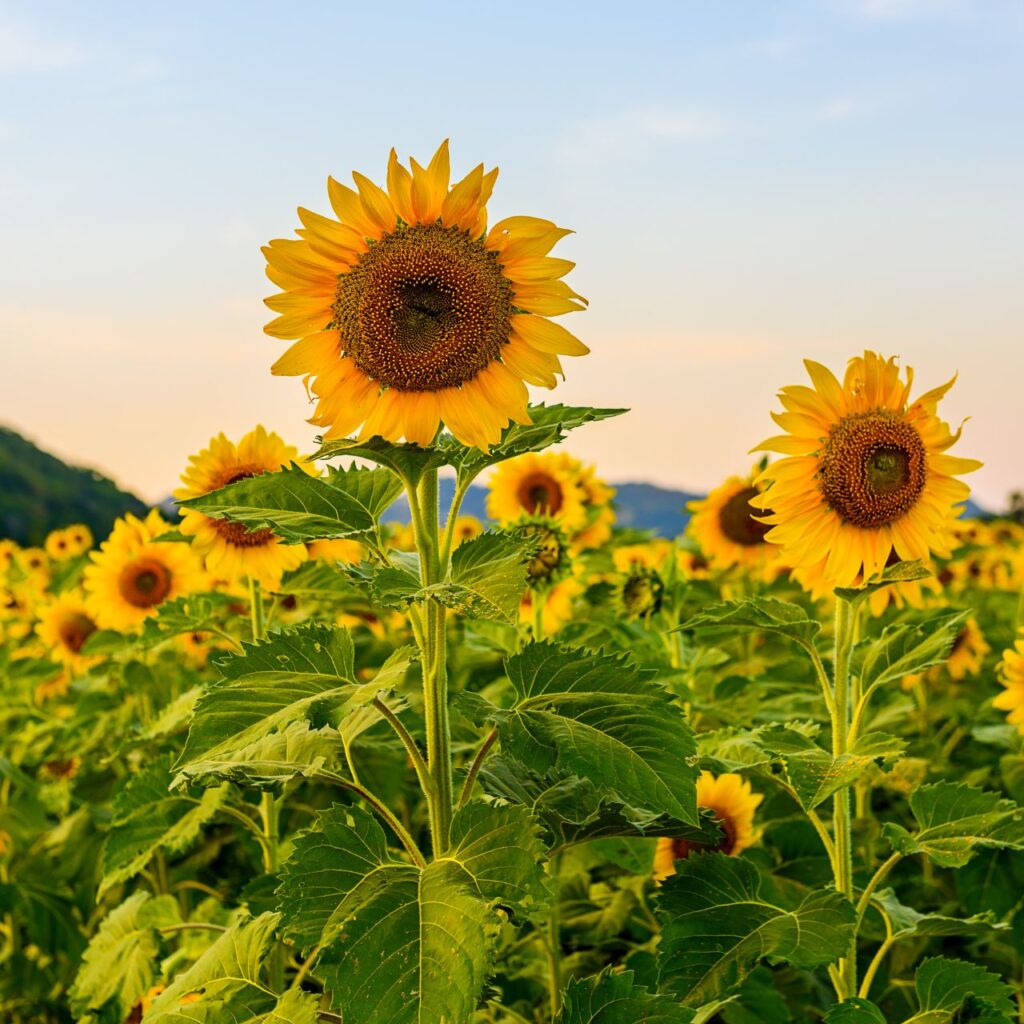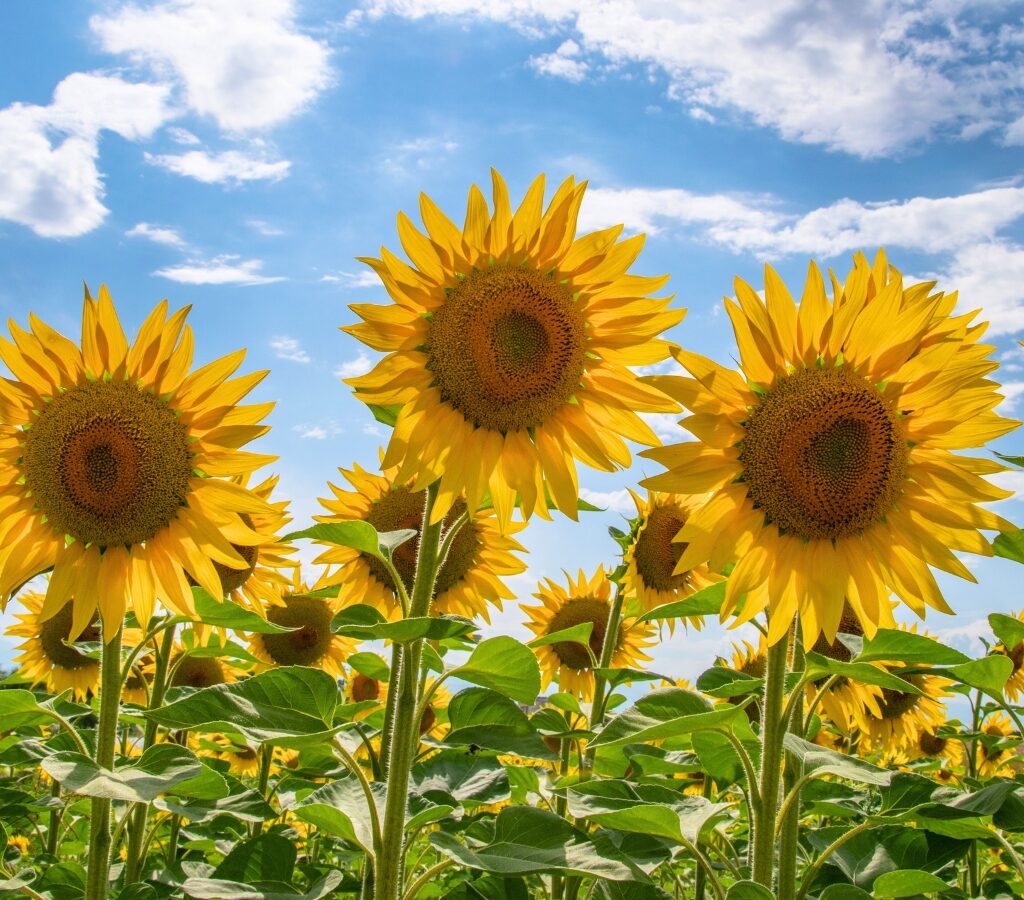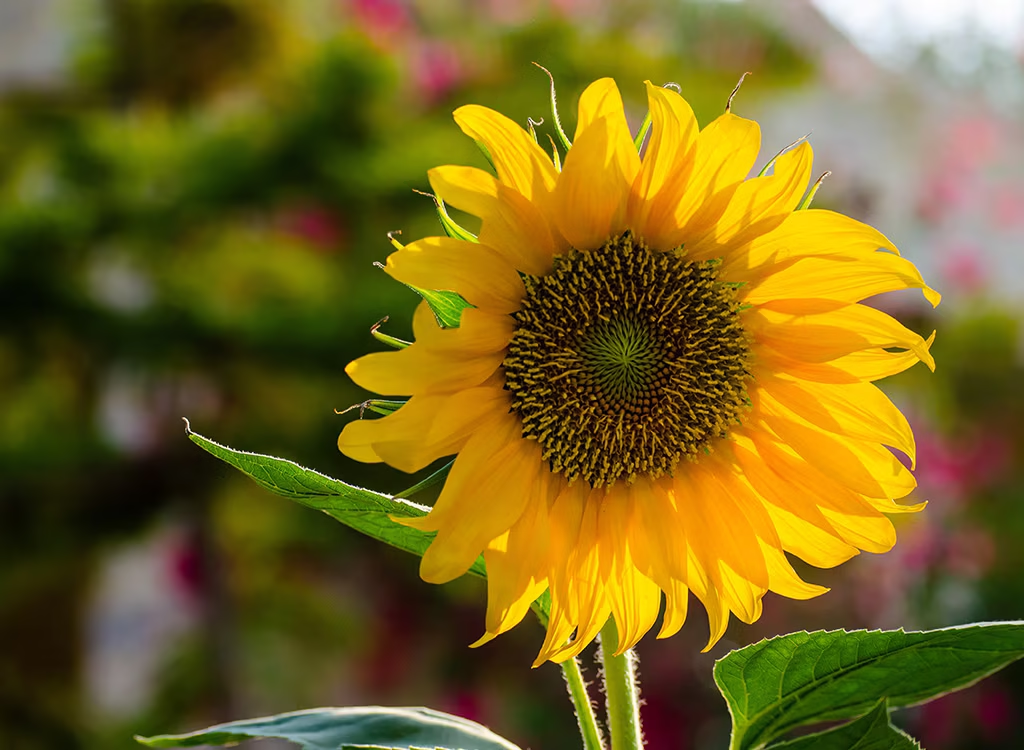Sunflowers aren’t just bright, beautiful blooms—they are also the backbone of a multi-billion-dollar agricultural industry. Sunflower farming plays a vital role in global food production, primarily due to sunflower oil, a widely consumed vegetable oil. Beyond that, sunflower seeds are a favorite snack, and the crop also serves as livestock feed and ornamental plants.
This article explores the countries that dominate global sunflower production, analyzes trends, and highlights what makes each top-producing nation stand out in this radiant farming sector.
Why Sunflowers Matter in Agriculture

Before diving into the global rankings, it’s important to understand why sunflower farming is such a significant agricultural activity:
- Edible oil: Sunflower oil is one of the top five vegetable oils globally, prized for its light taste and health properties.
- Versatile crop: Used for oil extraction, animal feed, birdseed, and even biodiesel.
- Climate-resilient: Sunflowers are relatively drought-resistant, making them suitable for a variety of climates.
- High profitability: For farmers, sunflowers can be a lucrative alternative to other cash crops.
Top Sunflower Producing Countries (By Volume)

According to data from the FAO and recent agricultural reports, these are the world’s leading sunflower producers as of the latest global assessments:
1. Russia
Annual Production: Over 15 million metric tons
Global Share: ~25%
Russia consistently ranks as the largest producer of sunflowers in the world. The fertile lands of the Southern Federal District, including regions like Rostov and Krasnodar, are ideal for sunflower cultivation.
- Advantages:
- Extensive arable land
- Advanced mechanized farming
- Government support for oilseed crops
Russia is also a major exporter of sunflower oil, particularly to Europe, the Middle East, and Asia.
2. Ukraine
Annual Production: Approximately 12–14 million metric tons
Global Share: ~22%
Ukraine was long regarded as the “breadbasket of Europe,” and its prominence in sunflower production is no exception. The Black Sea region provides optimal growing conditions.
- Notable Contributions:
- One of the top sunflower oil exporters globally
- Efficient oil extraction infrastructure
- Traditionally high yield per hectare
Despite recent geopolitical challenges, Ukraine continues to be a crucial player in the global sunflower supply chain.
3. European Union (especially Romania, Bulgaria, and Hungary)
Annual Production (Combined): Around 10–11 million metric tons
Within the EU, sunflower farming is booming. Romania and Bulgaria are the main contributors, with Hungary and France also expanding production.
- Why it’s growing:
- EU’s push for biofuels and renewable energy sources
- Subsidies encouraging oilseed cultivation
- Suitable Mediterranean and continental climate
The EU focuses more on value-added processing, such as organic sunflower oil and non-GMO varieties.
4. Argentina

Annual Production: Around 3–3.5 million metric tons
Argentina stands out as the largest sunflower producer in South America. The Pampas region offers vast expanses of flat, fertile land perfect for large-scale mechanized farming.
- Exports: Argentina exports a significant portion of its sunflower oil, particularly to India, the EU, and China.
- Innovation: Genetic research and hybrid development for higher oil yield are ongoing in the country.
5. Turkey
Annual Production: Nearly 2 million metric tons
Turkey has emerged as a major regional producer. With its strategic location between Europe and Asia, it is a significant exporter to neighboring countries.
- Key growing regions: Thrace (European part), Central Anatolia
- Domestic Use: High domestic consumption of sunflower oil in Turkish cuisine fuels local demand.
6. China
Annual Production: Approximately 1.5 million metric tons
China is a consistent sunflower grower, mainly for domestic consumption. Unlike many other countries, China’s sunflower seeds are primarily used for snacking rather than oil extraction.
- Regions: Inner Mongolia, Xinjiang, and Northeast China
- Trends: Rising urban demand for roasted sunflower seeds is boosting production.
7. United States

Annual Production: ~1–1.2 million metric tons
The U.S. sunflower industry is concentrated in North Dakota, South Dakota, and parts of Minnesota and Kansas.
- Types grown:
- Oilseed sunflowers for oil production
- Non-oilseed or confectionery varieties for snacks and bird feed
- Export: Primarily to Canada, Mexico, and Japan
Sunflowers are also gaining popularity in sustainable farming and crop rotation systems in the U.S.
Global Trends in Sunflower Production

Several global trends are reshaping sunflower farming:
1. Shift Toward High-Oleic Sunflowers
Consumers are demanding healthier oils. High-oleic sunflower varieties offer better shelf life and heart-health benefits, prompting growers to adopt these cultivars.
2. Climate Change Adaptability
Sunflowers are being embraced in drought-prone areas due to their ability to thrive in low-water conditions.
3. Organic and Sustainable Farming
The EU and parts of the U.S. are seeing a rise in organic sunflower production, aligning with eco-conscious consumer behavior.
4. War and Geopolitical Shifts
The war in Ukraine significantly impacted sunflower oil supplies and prices, leading many nations to reconsider their dependency and develop domestic production capacity.
Sunflower Farming: What Drives Yield?
The yield and profitability of sunflower farming depend on:
- Soil quality: Loamy and well-drained soils give the best results.
- Climate: Sunflowers need 6–8 hours of direct sun per day.
- Pest and disease control: Common threats include sunflower moths, rust, and downy mildew.
- Technology adoption: Precision farming, GPS-guided planting, and drought-tolerant seeds are enhancing yield potential.
Sunflowers in the Future of Agriculture
Sunflowers are expected to continue growing in importance:
- As a biodiesel source
- For sustainable crop rotation
- In global oilseed markets
Their dual-purpose value—as an oilseed crop and a food source—makes sunflowers a strategic choice for both smallholders and large agribusinesses.
Conclusion: Global Sunflower Power
From the vast plains of Russia and Ukraine to the high-tech farms of the U.S. and the rising fields in Argentina and Turkey, sunflower farming is a global force in agriculture. Whether it’s for cooking oil, healthy snacks, or renewable energy, sunflowers will remain essential to feeding the world—and lighting it up with their radiant presence.
As consumer demands shift toward sustainability and healthier choices, sunflower-producing nations are adapting fast, innovating in seed technology, and expanding their global footprint. In the ever-changing world of agriculture, sunflower farming is blooming brighter than ever.







Leave A Comment